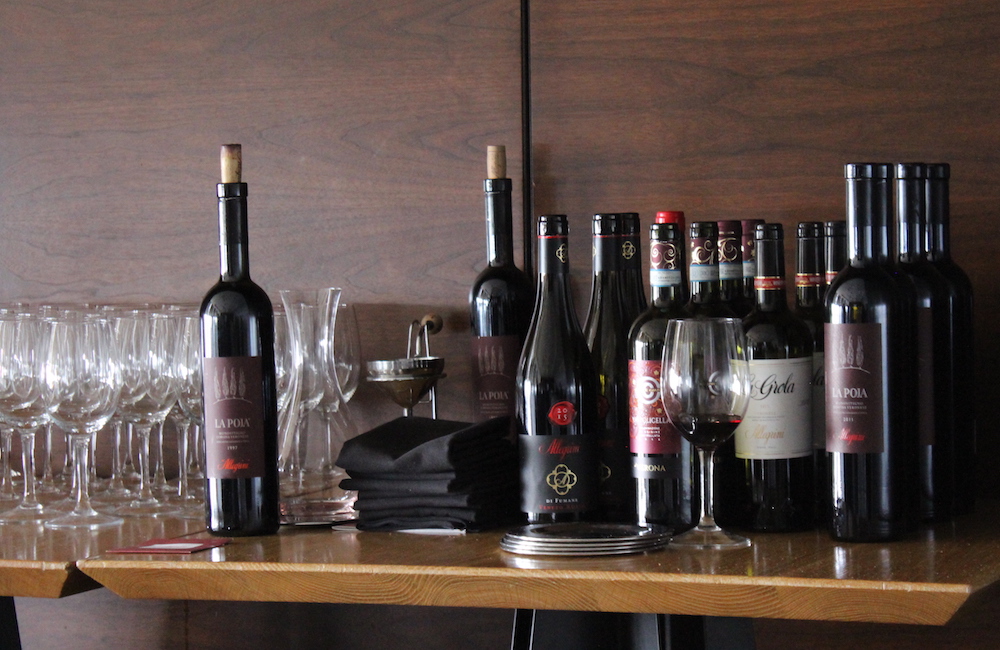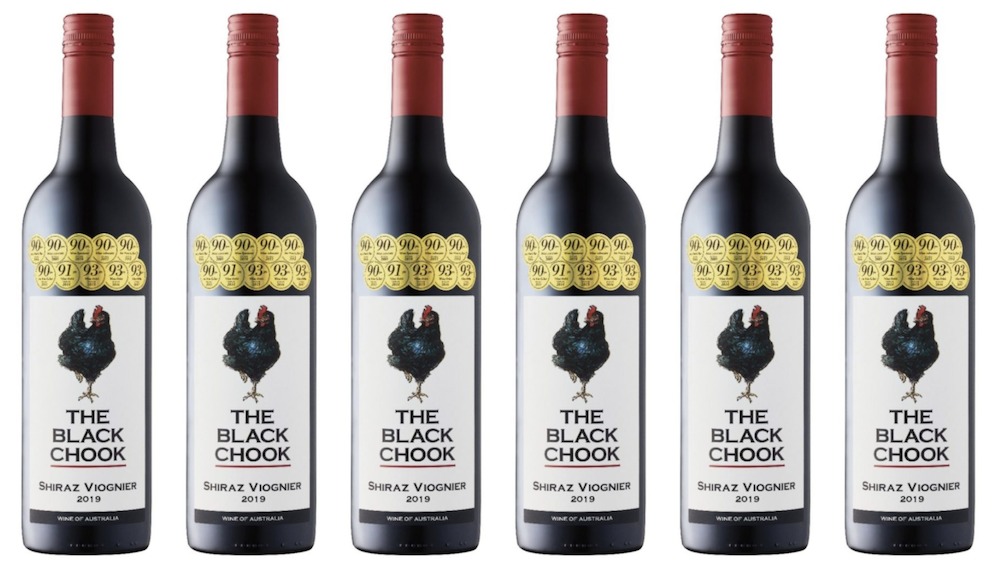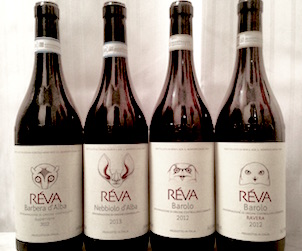Malcolm Jolley talks to Marilisa Allegrini about her pioneering and maverick wine making family.
The Azienda Agricola Allegrini was founded in 1854, but Marilisa Allegrini traces her family’s history of making wine over many more centuries. But the modern history of Allegrini, she says, begins in 1979 when her father Giovanni Allegrini bought a hill, facing south and west towards Lake Garda on the edge of the Valpolicella Classico* appellation. That hill, called La Grola, was the perfect site to grow the signature grape of Valpolicella, and its more expensive derivative Amarone, Corvina. In fact he thought it was so good he only planted Corvina, eschewing Rondella, the other mandatory grape for wines in the appellation, but one Giovanni considered inferior. If that raised eyebrows, so did the way he planted the Corvina vines: in double Guyot system instead of the traditional pergola. This, Marilisa says prompted the neighbours to jokingly ask her father whether he was planting grape vines or lettuce.
It takes three years for vines to mature to point where they can produce wine, and in January of 1982, just as Giovanni Allegrini’s experiment was to be put to the test, tragedy struck and he died. Marilisa’s brother Franco Allegrini brought in the harvest and made the wine, and all agreed Giovanni’s vision would be realized. There was just one problem: the Allegrini family were determined to make a single vineyard wine from La Grola, but the consortium of wine makers and growers that controlled the DOC wouldn’t allow it. The Allegrini’s made the La Grola label anyway and were reduced to assigning it the designation of ‘table wine’. To add insult to injury, table wines weren’t allowed to print their vintage on the label. Again the Allegrini’s did it anyway, and had to pay fines to the consortium until the rules changed and the category of ‘IGT’ was introduced in 1992. Though to this day La Grola and its ‘cru’ wine made from the uppermost parcel, La Poja, are not classified as ‘Valpolicella Classico’ wines, despite all their high scores and renown, and must be called ‘IGT Veronese’.
I learned much of the Allegrini history above at a seminar tasting put on by Marilisa Allegrini and Robin Shay, who serves as the family’s marketing associate in North America. Before I interviewed her for the video below, I joined a small group of sommeliers and journalists to find out more about the non-appassimento wines from Allegrini. Allegrini does make Amarone and Reciotto wines, to acclaim, but this tasting was about the fresh and brighter styles of Valpolicella. We started with the 2015 Allegrini di Fumane Veneto Rosso IGT, which is widely available and value priced at $15.80 at the LCBO. This wine offers tremendous value for $15: it’s full and round, but still zippy with acidity and all tied to together with resonate dark cherry fruit. It wants food. Then, we tried the 2016 Corte Giara Valpolicella DOC. Corte Giara is an Allegrini line of wines separate from their estate labels, but adhering to the Valpolicella DOC rules. Like the Fumane IGT, this wine was also bright and full of cherries, only more concentrated and leaning into black fruit flavours.
Then, it was into the big guns. First a 2013 Allegrini La Grola Veronese IGT. A confession: La Grola is one of my favourite wines, and I will almost always order it off a wine list if I see it because it delivers the most amazing fruit for the most reasonable price ($40 if you buy it direct from Woodman Wines & Spirits, and often towards the top of restaurant lists). The note that singles out La Grola for me is cassis, which is not a fruit flavour I readily associate with Valpolicella. Perhaps it’s the influence of the 10% of Osseleta grapes in with the Corvina, which Marilisa says acts like Petit Verdot does with Cabernet Sauvignon, lending structure. I don’t know, but this wine is pleasingly purple and pure, yet still fresh and slightly salty. Jamie Drummond and I split a bottle of La Grola on our first night in Verona when we traveled to Valpolicella last year and it went perfectly on a winter’s night with a dish of the local meaty ragu. In autumn, I can imagine it pairing very well with a ratatouille. I digress… The last wine was a 2011 Allegrini La Poja Veronese IGT. There are about three dozen bottles of the 2011 La Poja available in Vintages for $110 each. La Poja, Marilisa showed us, is small parcel at the very top of the La Grola hill that the Allegrini’s have put aside for their ‘cru’ wine. True Giovanni Allegrini’s vision, it is made 100% from Corvina Veronese grapes. It shows as a more subtle and complex La Grola with more notes of dark cherry. At seven years old, this wine was still young and vibrant, and quite delicious.
Videos don’t appear in email posts. Please click here to see the video at GFR.
*The DOC area for the original, or “classic”, hills of Valpolicella is registered as “Valpolicella Classico”, while the administrative zone in the Province of Verona, which incorporates the villages that are inside of the DOC is called “Valpolicella Classica”. I’m not sure why.









